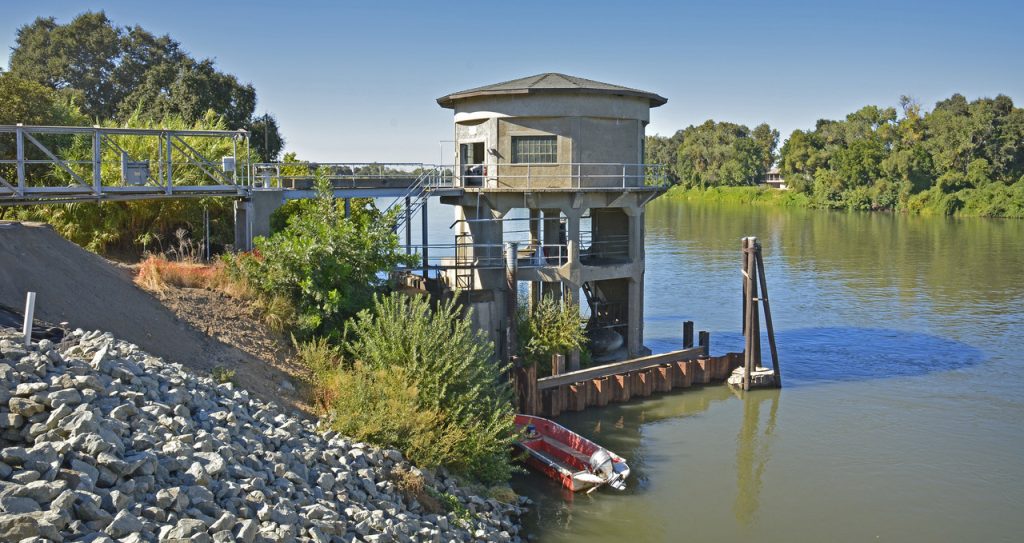Ensuring Environmental Protection Through Oil in Water Monitoring
Ensuring environmental protection through effective oil-in-water monitoring is paramount in safeguarding aquatic ecosystems and mitigating the detrimental impacts of oil spills. As oil exploration and production activities continue to rise, the risk of accidental spills poses a significant threat to marine life and ecosystems. Implementing robust oil-in-water monitoring systems is essential to detect and quantify the presence of oil pollutants in water bodies. One key aspect of oil-in-water monitoring involves the use of advanced technologies such as online monitoring systems and sensors. These tools enable real-time detection of oil concentrations in water, allowing for prompt response to any spill or contamination event. The integration of cutting-edge sensor technologies not only enhances the accuracy of monitoring but also provides a proactive approach to preventing widespread environmental damage. Early detection enables rapid containment measures, minimizing the potential ecological impact and reducing cleanup costs.

Furthermore, regulatory frameworks play a crucial role in ensuring the effectiveness of oil-in-water monitoring. Governments and environmental agencies must establish and enforce stringent guidelines and standards for monitoring oil levels in water bodies. Regular inspections and audits can help ensure that industries comply with these regulations, fostering a culture of environmental responsibility. By holding companies accountable for their environmental impact, regulatory measures act as a deterrent, encouraging the adoption of environmentally friendly practices and technologies. Public awareness and community engagement also contribute significantly to environmental protection through oil-in-water monitoring. Educating the public about the importance of monitoring oil levels in water and the potential consequences of spills fosters a sense of environmental stewardship. Additionally, involving local communities in monitoring efforts can enhance the scope and effectiveness of surveillance. Citizen science initiatives, where community members actively participate in data collection, can provide valuable insights and increase the overall monitoring capacity.
Collaboration between governments, industries, and environmental organizations is essential for a comprehensive and effective oil-in-water monitoring strategy. SEMRAD Establishing partnerships that facilitate information sharing, research, and the development of new monitoring technologies can lead to innovative solutions and improved monitoring practices. By working together, stakeholders can address the challenges associated with oil pollution more effectively and implement preventive measures to reduce the likelihood of spills. In conclusion, safeguarding the environment through oil-in-water monitoring is a multifaceted approach that involves the integration of advanced technologies, robust regulatory frameworks, public awareness, and collaborative efforts. Prioritizing the development and implementation of effective monitoring systems is crucial in mitigating the environmental impact of oil spills and ensuring the long-term health of aquatic ecosystems. As industries continue to evolve, it is imperative to embrace sustainable practices and leverage technological advancements to protect our water resources for future generations.
